Author: g_fasol
-
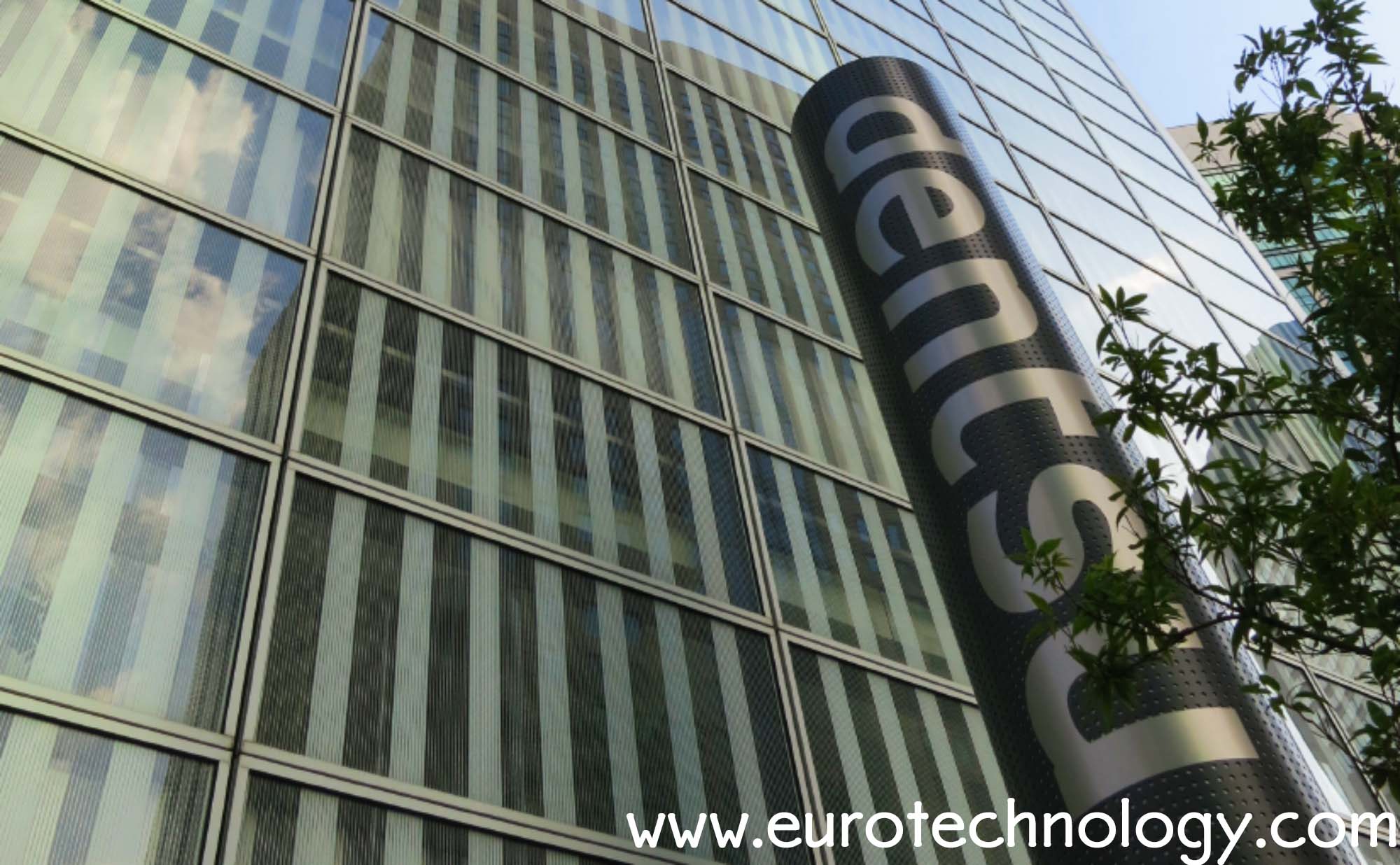
abaGada, Israeli digital performance agency, acquired by Dentsu and to be rebranded as iProspect
Dentsu continues acquisition of digital and mobile agencies in Europe and Israel To overcome cultural issues of a traditional Japanese leading corporation, Dentsu acquires via London based Dentsu Aegis Network by Gerhard Fasol On April 20, 2015 Dentsu announced another investment in its quest to strengthen its global footprint and to strengthen capabilities in mobile…
-

Nippon Life Insurance partners with AXA Life Insurance
Nippon Life Insurance (日本生命保険相互会社) acquires 1% of stock of AXA Life Insurance Nippon Life Insurance and AXA to jointly offer health insurance product Medi-AxN Nippon Life Insurance (日本生命保険相互会社) and AXA Life Insurance announced a partnership, and Nippon Life intends to acquire 1% of outstanding shares of AXA Life Insurance to develop a long-term partnership. Currently…
-
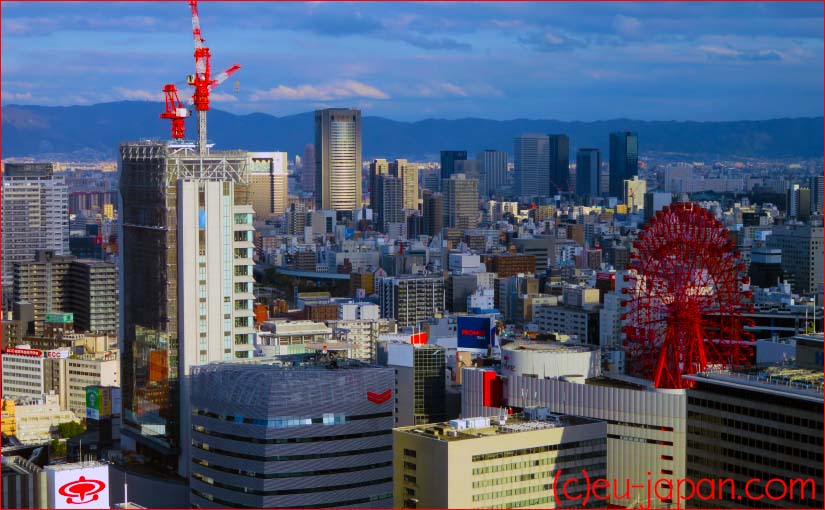
Sompo Japan Nipponkoa Holdings Inc to acquire 15% of French reinsurer Scor SE
Sompo continues globalization Sompo to acquire 15% of Scor SE for approx. US$ 915 million On March 6, 2015, Sompo Japan Nipponkoa Holdings Inc (損保ジャパン日本興亜ホールディングス株式会社) announced the investment in the French reinsurer Scor SE, as follows: Acquisition of 15% share holding corresponds to approx. € 0.83 billion (= US$ 0.9 billion) based on the current…
-

Sir Stephen Gomersall on UK-Japan relations & globalization
Sir Stephen Gomersall on corporate governance: Board Meetings should be like sparkling water – not like tea Globalization and the art of tea Hitachi – Japan’s most iconic corporation – under the leadership of Chairman & CEO, Hiroaki Nakanishi embarked on the “Smart Transformation Project” to globalize, to face a world where value creation has…
-

MixRadio: from Nokia to Microsoft to LINE
Messaging giant LINE continuous globalization MixRadio will complement LINE’s local Japanese LINE Music service by Gerhard Fasol In December 2014, LINE and Microsoft announced that LINE will acquire the streaming music service MixRadio from Microsoft. LINE already operates a Japan-only streaming music service “LINE Music”. Since music licensing is largely country or region specific, with…
-
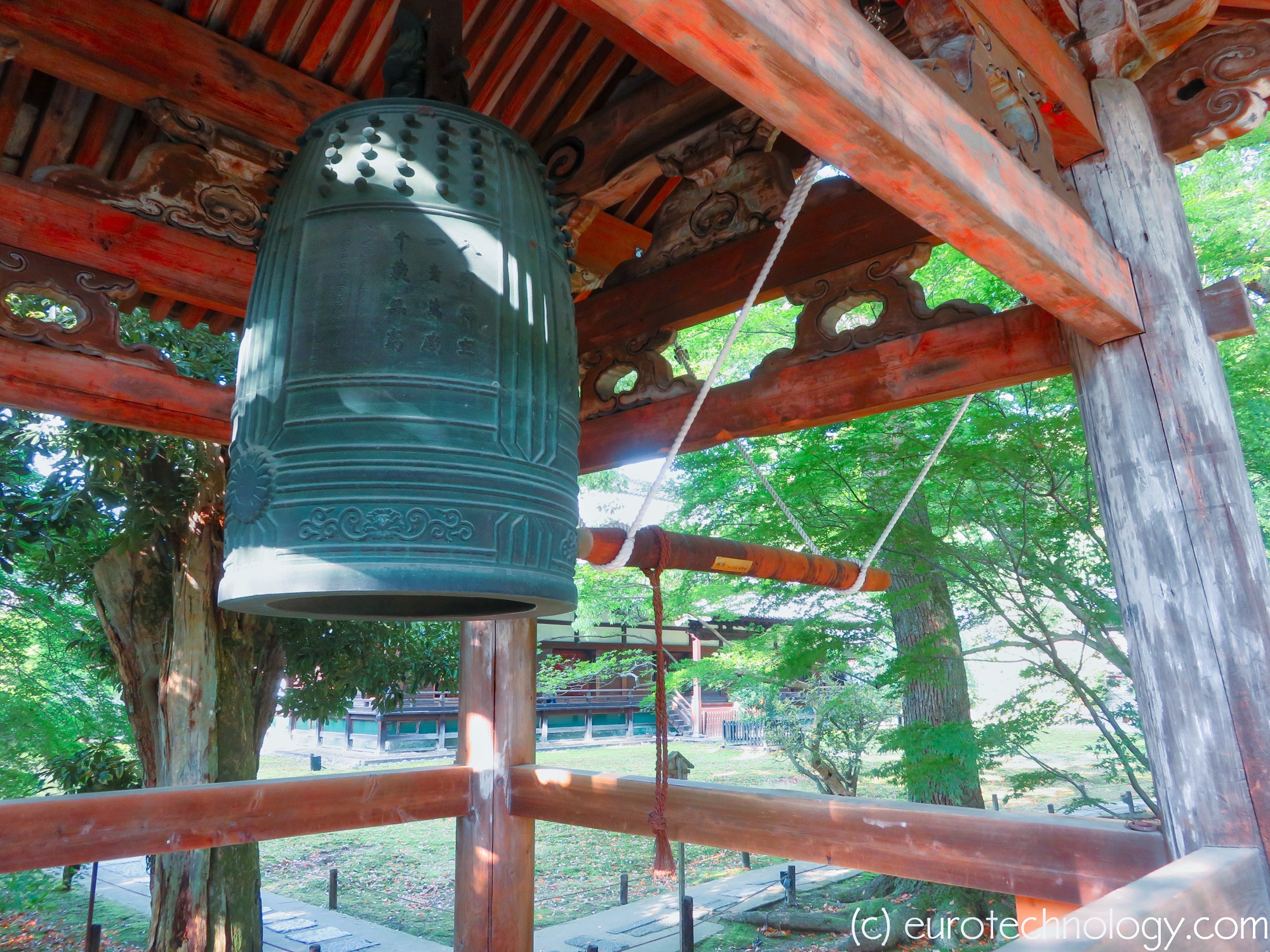
Nikon enters medical sector with offer for acquisition of Optos plc – “The retina company”
Nikon diversifies from digital cameras to medical imaging Retinal imaging market estimated to grow to US$ 530 million in 2019 Currently 70% of Nikon’s business are digital camera, a rapidly shrinking market due to the popularity of smartphone cameras. Inspired by SONY‘s investment in medical imaging company Olympus, Nikon diversifies from digital cameras into medical…
-
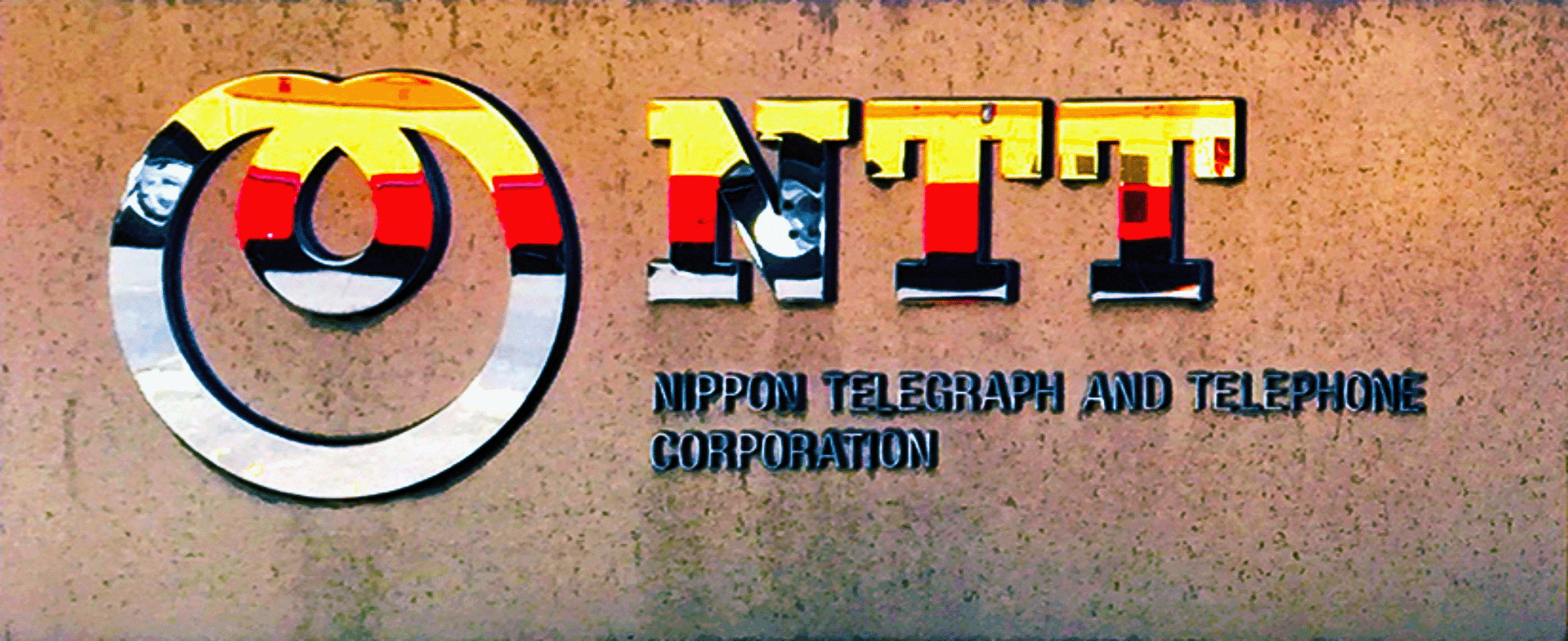
NTT Communications reportedly in talks to acquire German data center operator e-shelter facility services GmbH
NTT Communications to continue global expansion e-shelter offers about 90,000 square meters of data center space in 9 locations NTT Communications is reported by Nikkei to be in negotiations to acquire Frankfurt based e-shelter facility services GmbH for approximately YEN 100 billion (US$ 840 million). NTT Communications acquisition is driven by the need to grow…
-
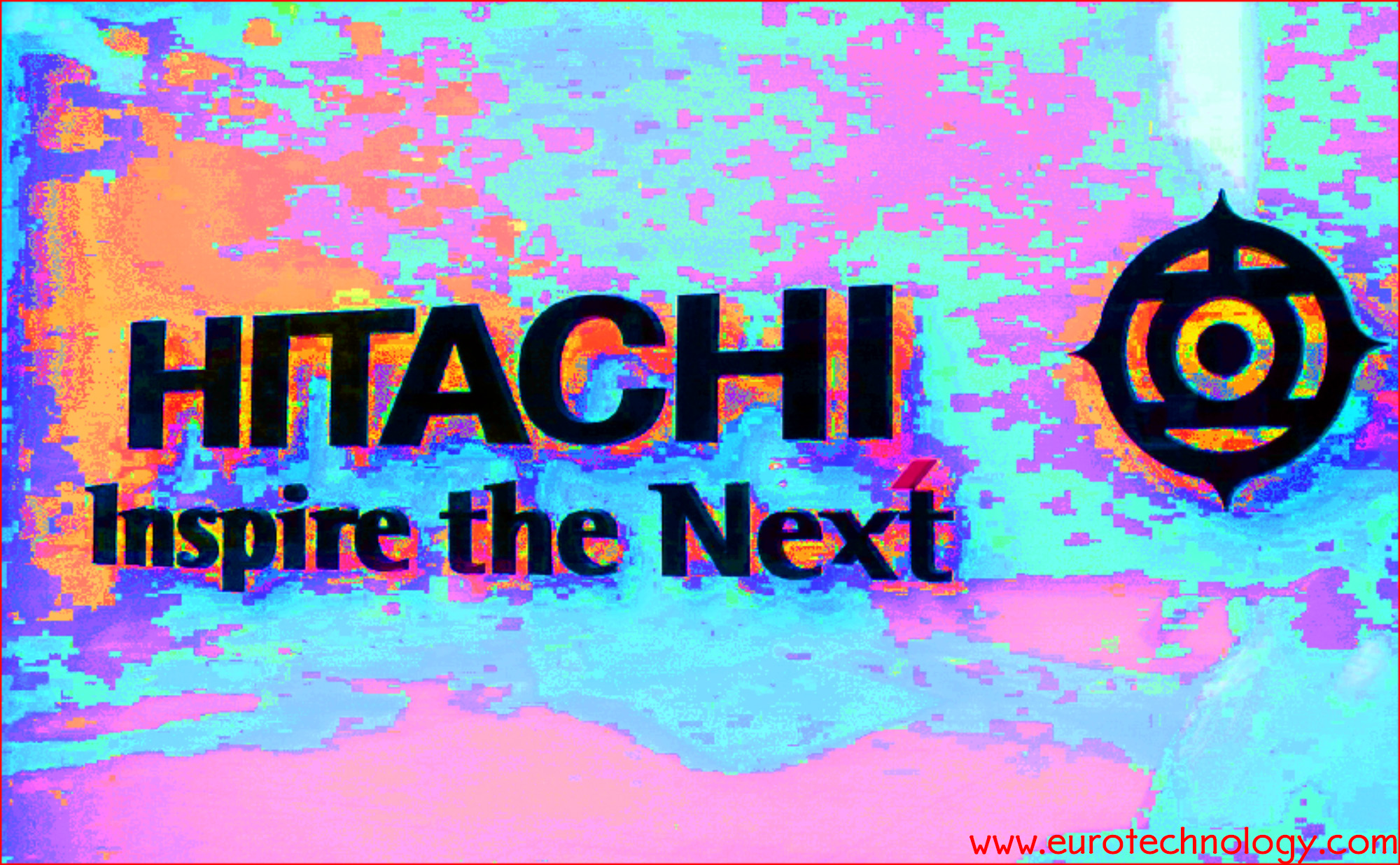
Hitachi agrees with Finmeccanica S.p.A. to acquire rail business of AnsaldoBreda S.p.A. and 40% of rail signaling company Ansaldo STS S.p.A.
AnsaldoBreda rail business to help Hitachi to compete globally with Siemens, Bombardier and Alstom by Gerhard Fasol Finmeccanica accelerates restructuring, reduces debt and focuses on aerospace, defense and security Hitachi Ltd (株式会社 日立製作所) and Finmeccanica S.p.A. announced on February 24, 2015, that their Boards of Directors have agreed for Hitachi to: acquire the rail business…
-
Sosei Group acquires Cambridge/UK based Heptares Therapeutics Ltd for up to US$ 400 million
Sosei Group acquires candidate drugs to compensate for expected loss of patent protection for the Seebri inhaler in 2026 Heptares Therapeutics Ltd emerged from the MRC Laboratory of Molecular Biology at the University of Cambridge Sosei Group Corporation (そーせいグループ株式会社) is a Japanese pharmaceutical group which mainly in-licenses pharmaceutica in Europe and North America, then brings…
-
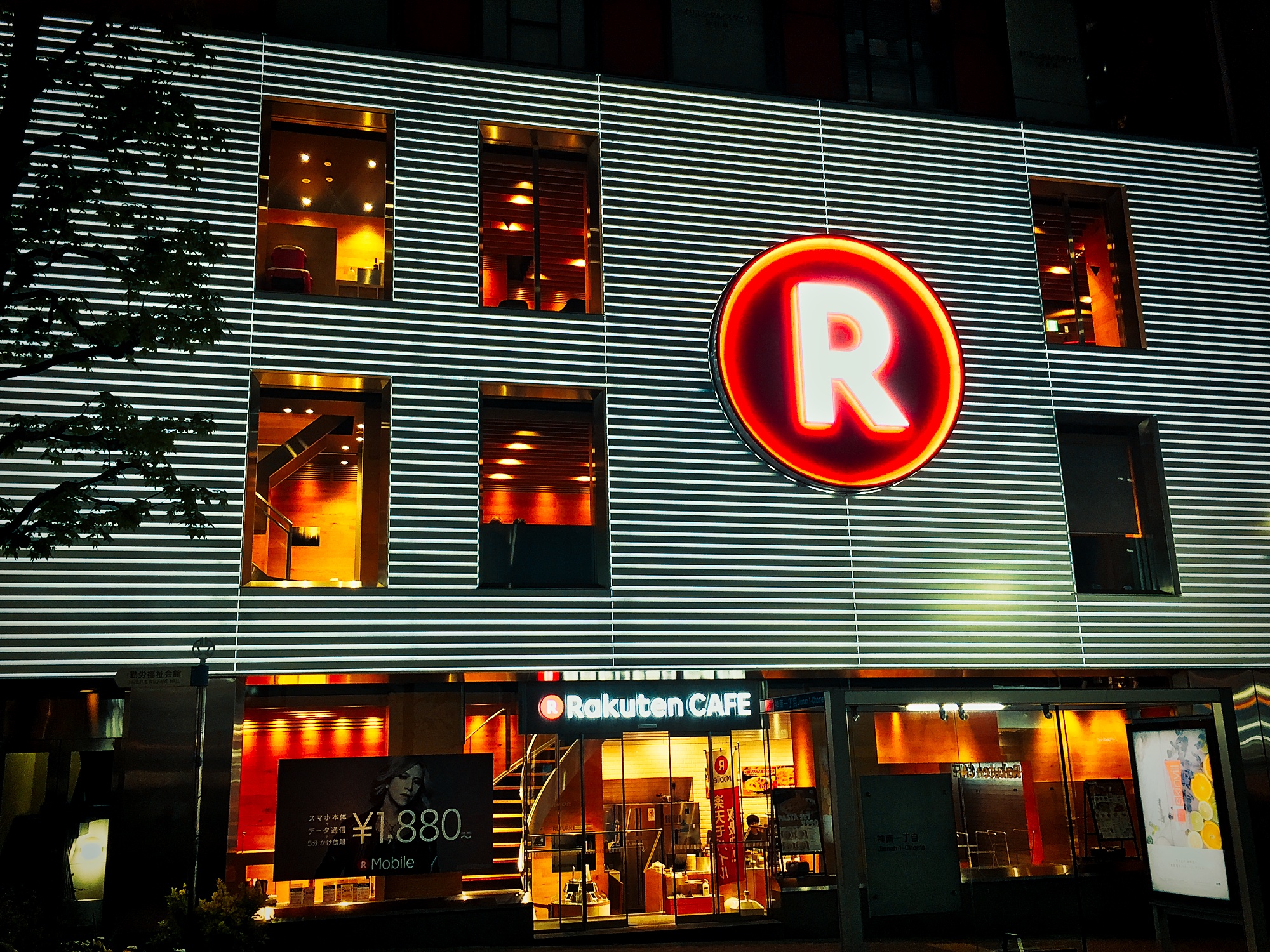
Wuaki.tv acquired by Japan’s e-commerce giant Rakuten
Wuaki.tv: Your online video service Rakuten’s first entry into Spain’s markets On June 13, 2012, Rakuten acquired Spanish online streaming video-on-demand (VOD) provider Wuaki.tv. Wuaki.tv – slogan: Your online video service Wuaki.tv was founded 2009 in Barcelona by current CEO Jacinto Roca. Wuaki.tv is funded by Bonsai Capital, Axon Capital, and Marc Ingla, former Vice-President…
-
Canon offers SEK 23.6 Billion for CCTV leader Axis AB
Canon aims for leadership in the US$ 15 billion global video surveillance market by Gerhard Fasol Canon offers 50% premium on Axis Aktiebolag share price of Monday Feb 9, 2015 Canon is one of Japan’s most successful electronics groups, with imaging as one of Canon‘s core business areas. On February 10, 2015, Canon launched a…
-

itelligence AG acquired by NTT Data
NTT DATA Business Solutions Largest global SAP reseller and one of the largest SAP solution providers On 23 October 2007, NTT DATA, NTT DATA Europe and itelligence AG announced a partnership, and NTT DATA announced to intention of an offer to acquire the shares at € 6.20 per share, about 37.2% higher than the closing…
-
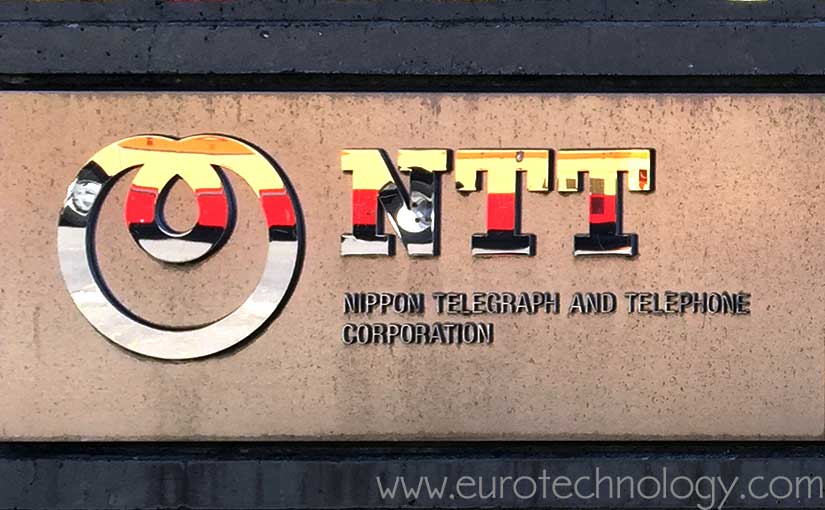
Integralis acquired by NTT Communications creating NTT Com Security AG
NTT Communications acquired 78.4% of Integralis AG which is renamed NTT Com Security AG by Gerhard Fasol Managed Security Services (MSS): Greschitz IT Security and Secode AB join NTT Com Security AG On June 30, 2009, NTT Communications announced a public tender offer for the shares of Integralis AG offering € 6.75 in cash per…
-
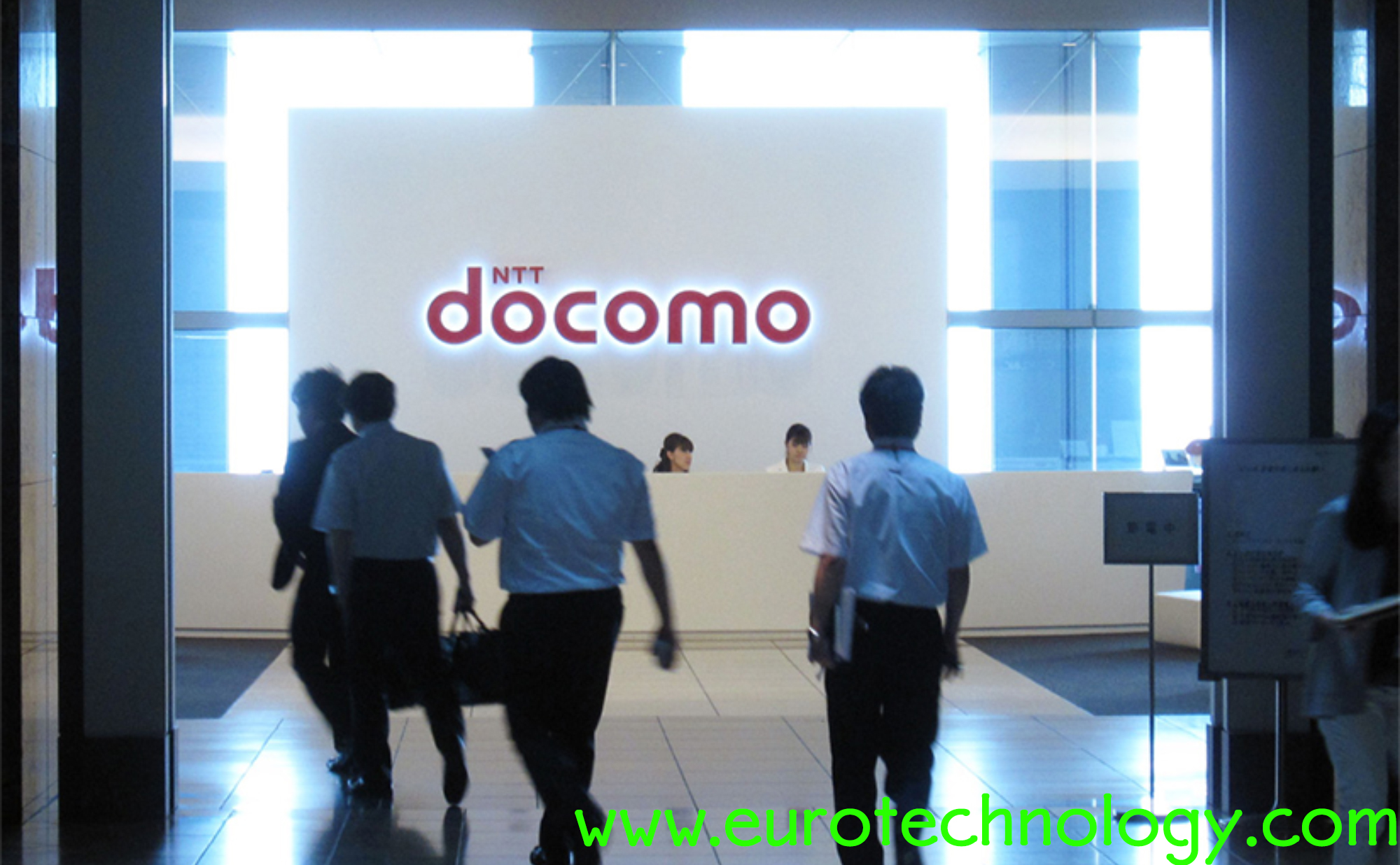
net mobile AG majority stake acquired by NTT Docomo
globalizing Docomo’s mobile payment and content services bringing German mobile know-how to Japan On September 11, 2009, NTT Docomo announced a voluntary public tender offer for shares of net mobile AG. The tender offer was closed on November 27, 2009, and Docomo Deutschland GmbH acquired 6,126,567 shares at € 6.35 per share corresponding to 79.59%…
-
Idemitsu Kosan may acquire Showa Shell Sekiyu KK for YEN 500 billion (US$ 4.1 billion)
SHELL may exit Japan after 138 years here Idemitsu Kosan (出光興産株式会社) aims for market leadership On December 20, 2014, both Idemitsu Kosan and Showa Shell separately announced that they had entered into discussions of possible business reorganization, indicating that Idemitsu Kosan may acquire Showa Shell next year. Because Showa Shell Sekiyu KK is a Japanese…
-
Toray acquires Saati SpA’s European carbon fiber fabric and prepreg business
Toray acquires Saati’s European fabric business: Toray builds integrated supply chain in Europe Toray management program Project AP-G 2016: “thorough implementation of growth strategy through innovation and aggressive management” Toray acquires Saati’s European fabric business: Toray announced on 10 December 2014 the agreement to acquire the European carbon fiber fabric and prepreg business of Saati…
-
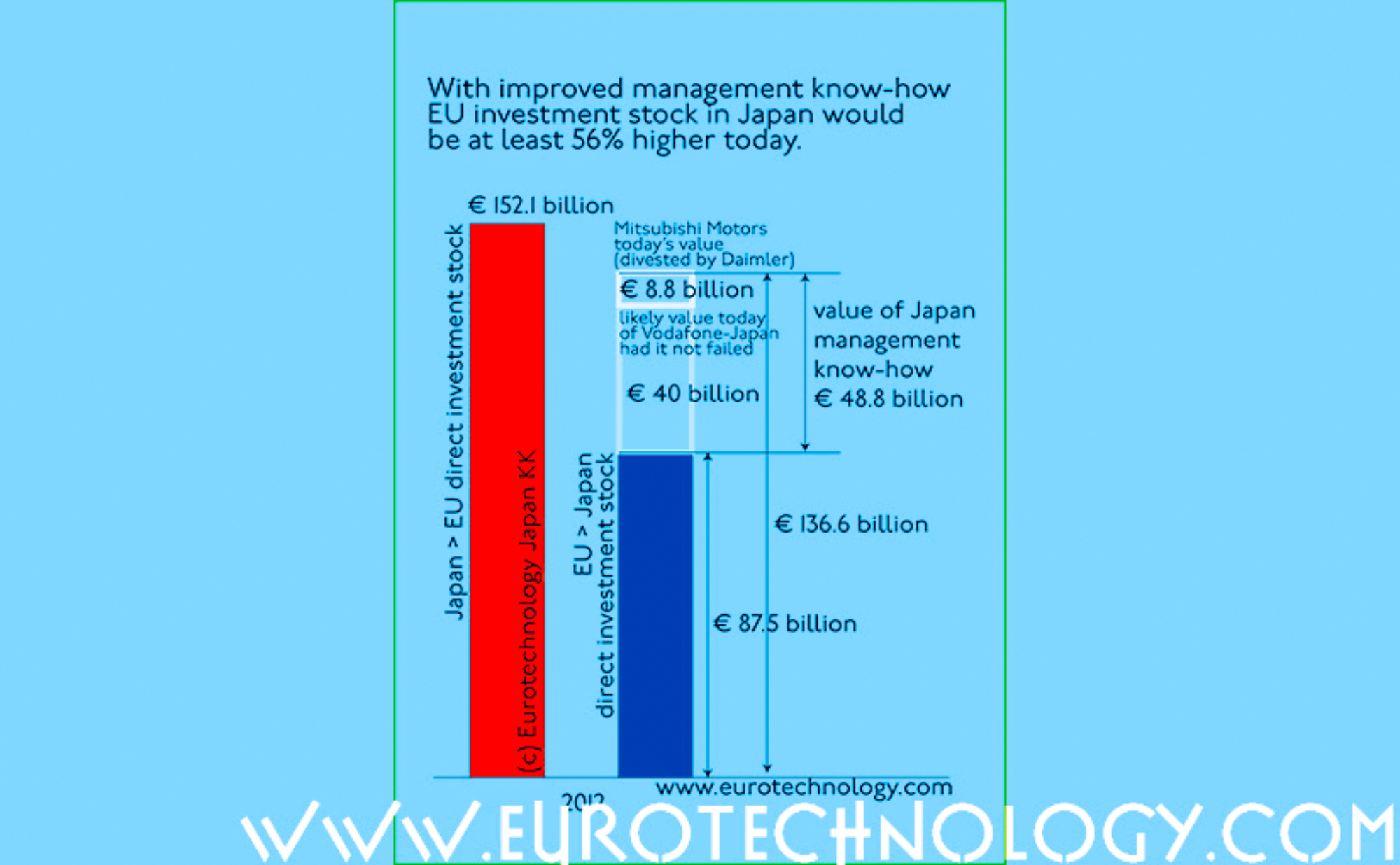
EU investment in Japan could be 50% higher had Vodafone succeeded in Japan
EU investment in Japan is about € 85 billion – it could be 50% higher! by Gerhard Fasol Vodafone-Japan: what could the value be today? Had Vodafone succeeded in Japan, Vodafone-Japan could be worth about US$ 50 billion today, about 1/2 of Vodafone’s total global market-cap today, and combined investment in Japan by European (EU)…
-
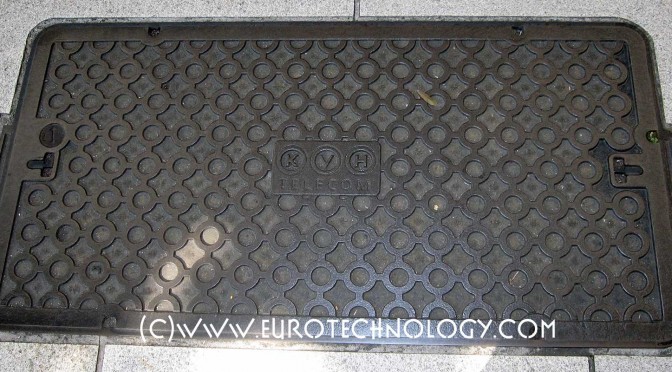
Colt to acquire KVH – the Tokyo based cloud and data center service provider
Colt to acquire KVH for YEN 18.595 billion (€ 130.3 million = US$ 160 million) by Gerhard Fasol The acquisition Both Colt and KVH were founded with investments by Fidelity Investments and associated companies, Colt in London in 1992, and KVH in 1999 in Tokyo, as telecommunications service providers for the financial industry and other…
-

Hitachi Zosen Inova AG acquires Energy-from-Waste (EfW) EPC Axpo Kompogas Engineering AG (Komeng)
Waste is our Energy! – Energy-from-Waste (EfW) by Gerhard Fasol Hitachi Zosen Inova AG acquires Axpo Kompogas Engineering AG AXPO agreed on October 24, 2014 to sell its subsidiary Axpo Kompogas Engineering AG to Hitachi Zosen Inova AG (ZHI AG). Closing is in mid December 2014. Axpo Kompogas Engineering AG (Komeng) Axpo Kompogas Engineering AG…
-
JFE Engineering acquires boiler maker Standardkessel Power Systems Holding GmbH
JFE Engineering globalizes and strengthens biomass and waste electricity generation systems business Standardkessel-Baumgarte: from a classic boiler maker to biomass and waste-to-energy power plants JFE Engineering acquires all outstanding shares of Standardkessel Power Systems Holding GmbH, for approximately YEN 10 billion (US$ 87 million), from current shareholders. Standardkessel (founded 1925) and Baumgarte (founded 1935) started…
-
Heraeus Kulzer acquires EGS Srl (Enhanced Geometry Solutions)
Japanese companies’ strategy to overcome cultural post-merger problems: European subsidiaries acquire Heraeus Kulzer acquires EGS, expanding both Mitsui Chemicals’ foot print in Europe and global market penetration for Mitsui Chemicals’ dental supplies business Japanese companies are well known to have substantial difficulties with post merger integration as a consequence of massive cultural differences which need…
-
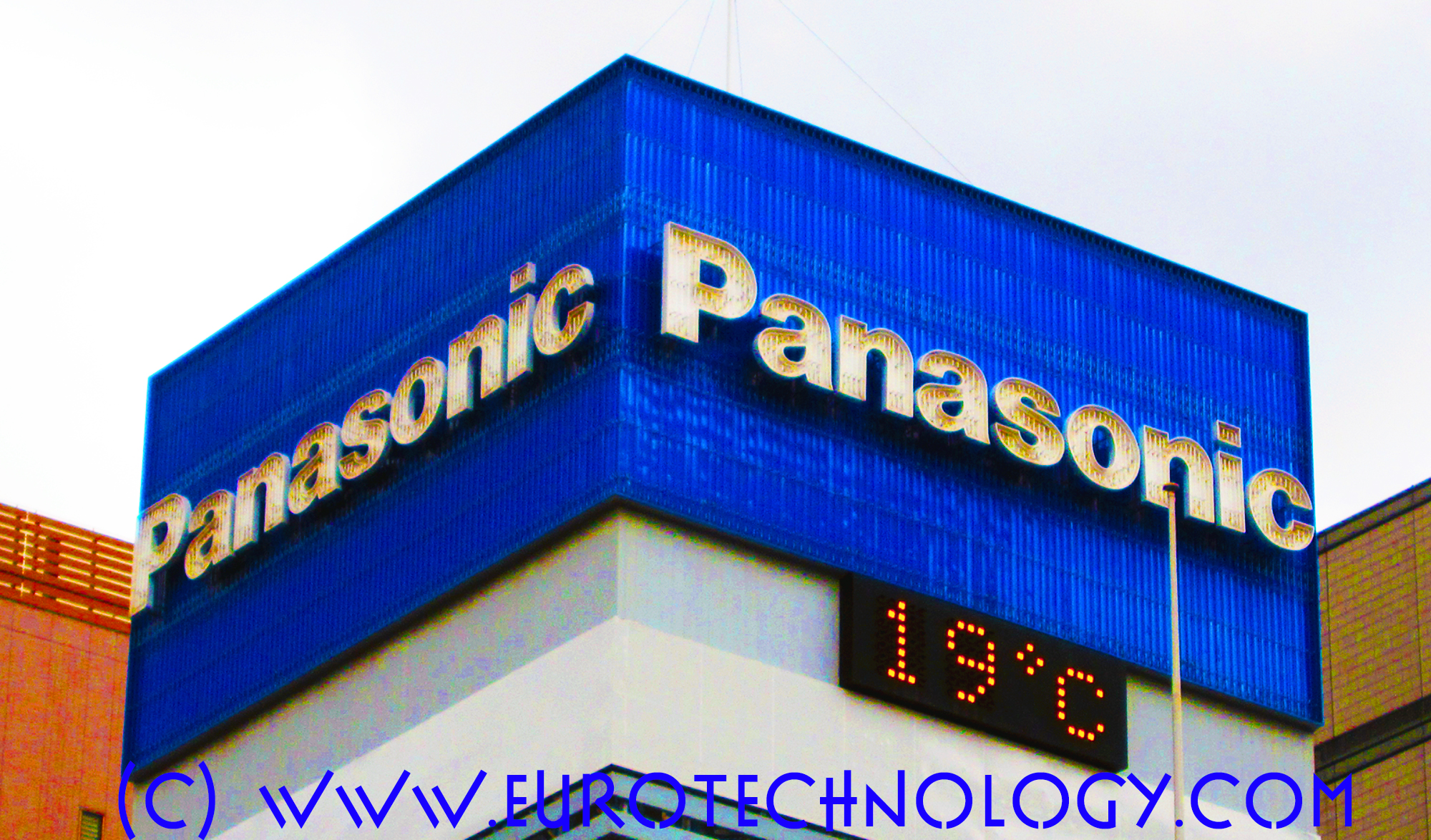
Panasonic self-driving car technology: Ficosa investment
Panasonic restructures away from TVs and other commodities to automotive parts by Gerhard Fasol Panasonic self-driving car technology As part of the restructuring efforts, Panasonic invests in Spanish car parts maker Ficosa in order to jointly develop Panasonic self-driving car technology. We have documented in our blogs and reports on Japan’s electronics industry how Japan’s…
-

Nokia to buy Panasonic’s mobile phone base station division
Nokia to acquire Panasonic System Networks by Gerhard Fasol Nokia to expand market share in Japan, Panasonic to focus on core business Panasonic, after years of weak financial performance, is focusing on core business. Nikkei reports that Panasonic is planning to sell the base station division, Panasonic System Networks, to Nokia. Nokia expands No. 1…
-
Yaskawa acquires The Switch Engineering Oy, manufacturer of generators for wind power
The Switch Engineering Oy was valued US$ 265 million in 2011 Trend: Japanese companies acquire European renewable energy technology companies On July 2, 2014 Yaskawa Electric Corporation acquired all shares of The Switch Engineering Oy, which are not owned by the Switch. The acquisition price was not announced, however, AMSC in 2011 had agreed and…
-
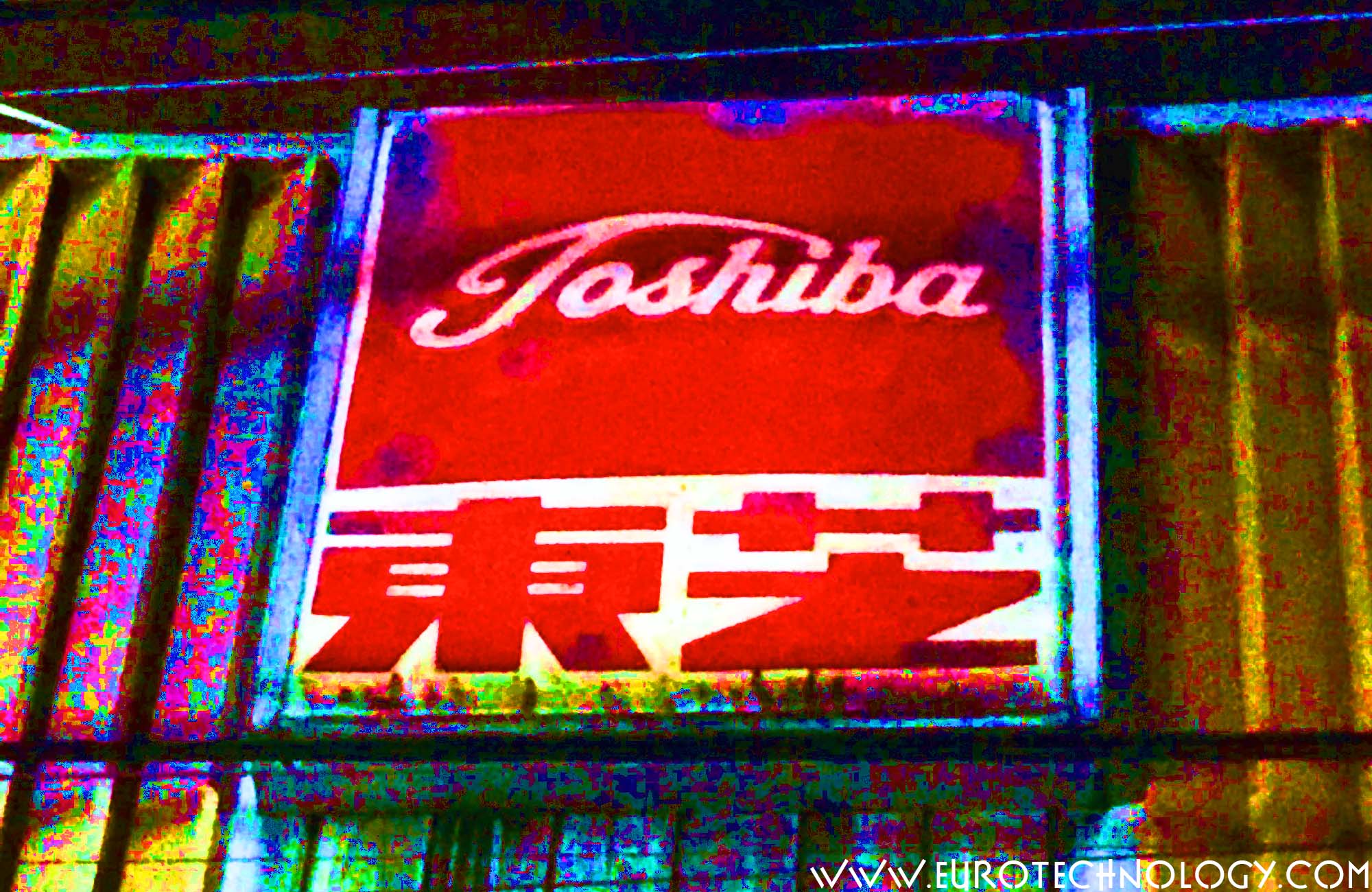
Toshiba acquires 60% of NuGeneration Ltd
Toshiba acquiring an additional 10% of NuGeneration by Gerhard Fasol NuGeneration becomes a joint-venture between Toshiba (60%) and GDF Suez (40%) In December 2013, Toshiba purchased 50% of NuGeneration Ltd from Iberdrola (of Spain) for UKL 85 million (US$ 146 million). On June 30, 2014, Toshiba announced to purchase an additional 10% of NuGeneration Ltd…
-
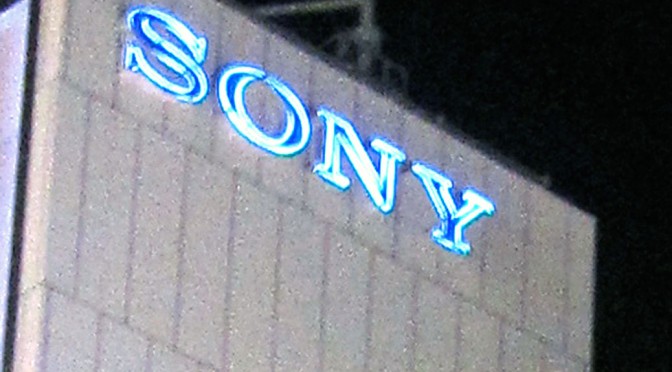
CSC Media Group (of UK) acquired by SONY for 107 million pounds
CSC Media Group of UK (formerly Chart Show Channels) owns 19 cable and satellite channels acquired by SONY CSC Media Group acquisition for UKL 107 million On June 26, 2014 SONY announced the acquisition of the CSC Media Group of UK for a total of 107 million pounds from the major shareholder Veronis Suhler Stevenson.…
-
Nippon Steel & Sumikin Engineering Co., Ltd. acquires Fisia Babcock Environment GmbH
Nippon Steel & Sumikin Engineering Co Ltd (Nippon Steel & Sumitomo Metal Corporation, Tokyo Stock Exchange Code 5401) on May 7, 2004 acquired 100% of the shares of Fisia Babcock Environment GmbH (located in Gummersbach, Germany) from Impregilo International Infrastructure N. V. (which is wholly owned by Salini Impregilo S.p.A., Milano, Italy), for EURO 139.3…
-
Video surveillance specialist Milestone Systems A/S acquired by Canon
Canon acquires video surveillance specialist Milestone Systems A/S in June 2014 Milestone Systems A/S is a leading IP based video management software (VMS) and network video recorder (NVR) provider for video surveillance Milestone System was founded in 1998 to apply IP technology from the financial sector to the surveillance video sector, which had previously been…
